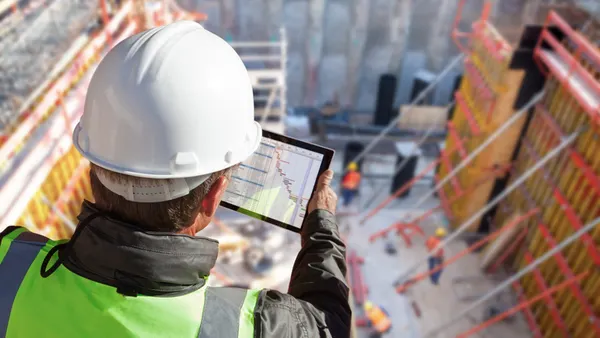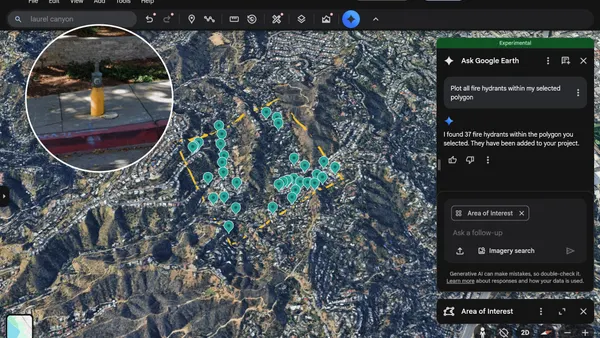Dive Brief:
- Tech company Cityzenith has announced that the planned $500 million Orlando Sports & Entertainment Smart District (OS+ED), which will be built in downtown Orlando, Florida, will use its SmartWorldPro2 Digital Twin platform as part of the project’s development. Digital twin technology allows developers to build a project virtually first in order to optimize design, construction and long-term performance before physical work begins.
- Cityzenith has partnered with SISCO, the OS+ED's primary tech provider, to deliver the four-block, interconnected Smart District, which will include an open-air plaza, 300-room hotel, 420,000 square feet of office space, 80,000 square feet of event space and more than 100,000 square feet of retail.
- The SmartWorldPro2’s 3D platform will help provide visitors with a video game-like experience while within the district, allowing them to use a 3D model to access information on retail specials, parking, events and more.
Dive Insight:
Cityzenith CEO Michael Jansen said efforts are underway to develop the model of the core project site and the surrounding urban neighborhood, which will encompass most of Orlando. "The result will be the most advanced and feature-rich 3D digital twin model of a city in the United States," he said.
Both visitors and tenants will be able to take advantage of a Living-as-a-Service subscription, which is the first bundled, feature-rich entertainment, ticketing, hospitality, housing, transportation, food and beverage, wellness and utilities platform in the U.S.
Cityzenith launched its SmartWorldPro2 platform in July as the successor to 2016's SmartWorldPro. The new iteration integrates multiple design and construction software and services products, and its features include:
- BIM Import (Revit, Rhino, Bentley, SketchUp)
- Smart Layers
- Annotations
- Links
- Basic 3D Modeling
- Custom Visualization
- 3D Slides
- Measurement
- Hotspots
- Point-of-View Analysis
- 3rd party software API integration
The global digital twin market, according to research firm MarketstoMarkets, was worth almost $4 billion in 2019 but is expected to hit more than $35 billion by 2025. Some of this growth can be chalked up to developer and owner reaction to the novel coronavirus. Digital twin technology will aid in fleshing out new designs that focus on social distancing as well as testing out touchless features and robotics. Clifton Harness, CEO of design software firm Testfit, told Construction Dive earlier this year that creating a digital twin in all of its "insane detail" is such a huge undertaking that large ground-up projects would likely be the ones to implement them first as far as the construction industry goes.
Office building owners and management companies are also taking advantage of digital twin technology right now, according to real estate and research firm JLL. Due to the popularity — and necessity — of remote working, some companies have enlisted applications that can help predict mechanical and other problems based on a digital twin. In addition, in preparing for the day that workers do come back to the office, digital twins are assisting owners in changing the layout of their office space to ensure socially distancing in both flow and seating.










